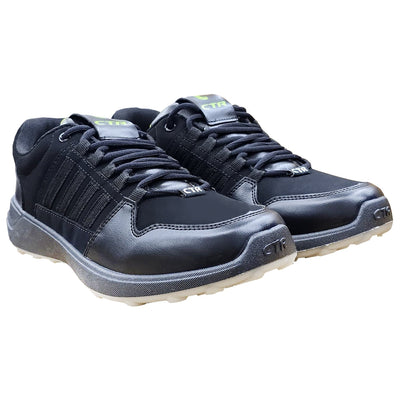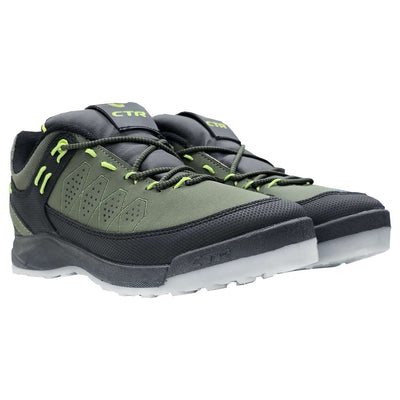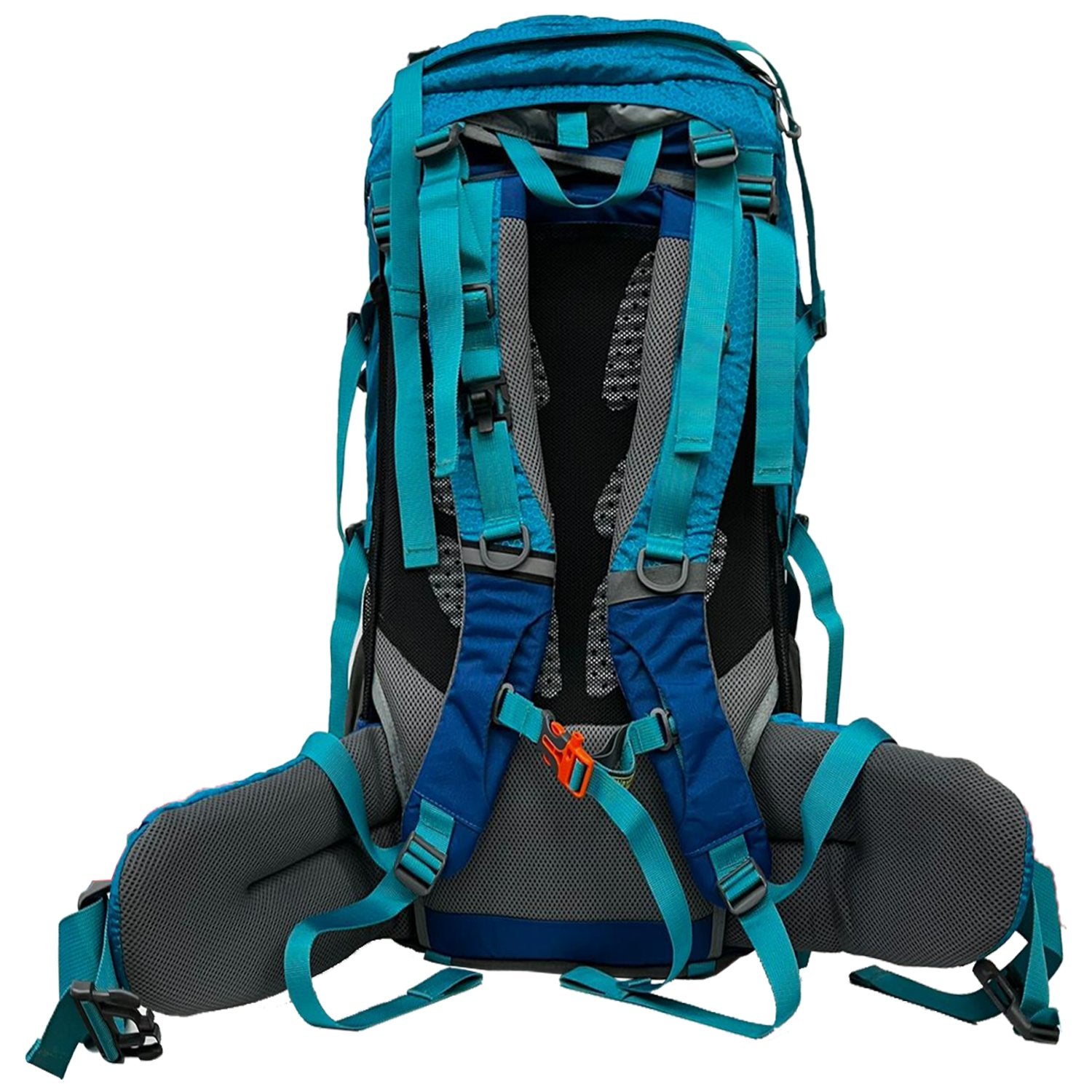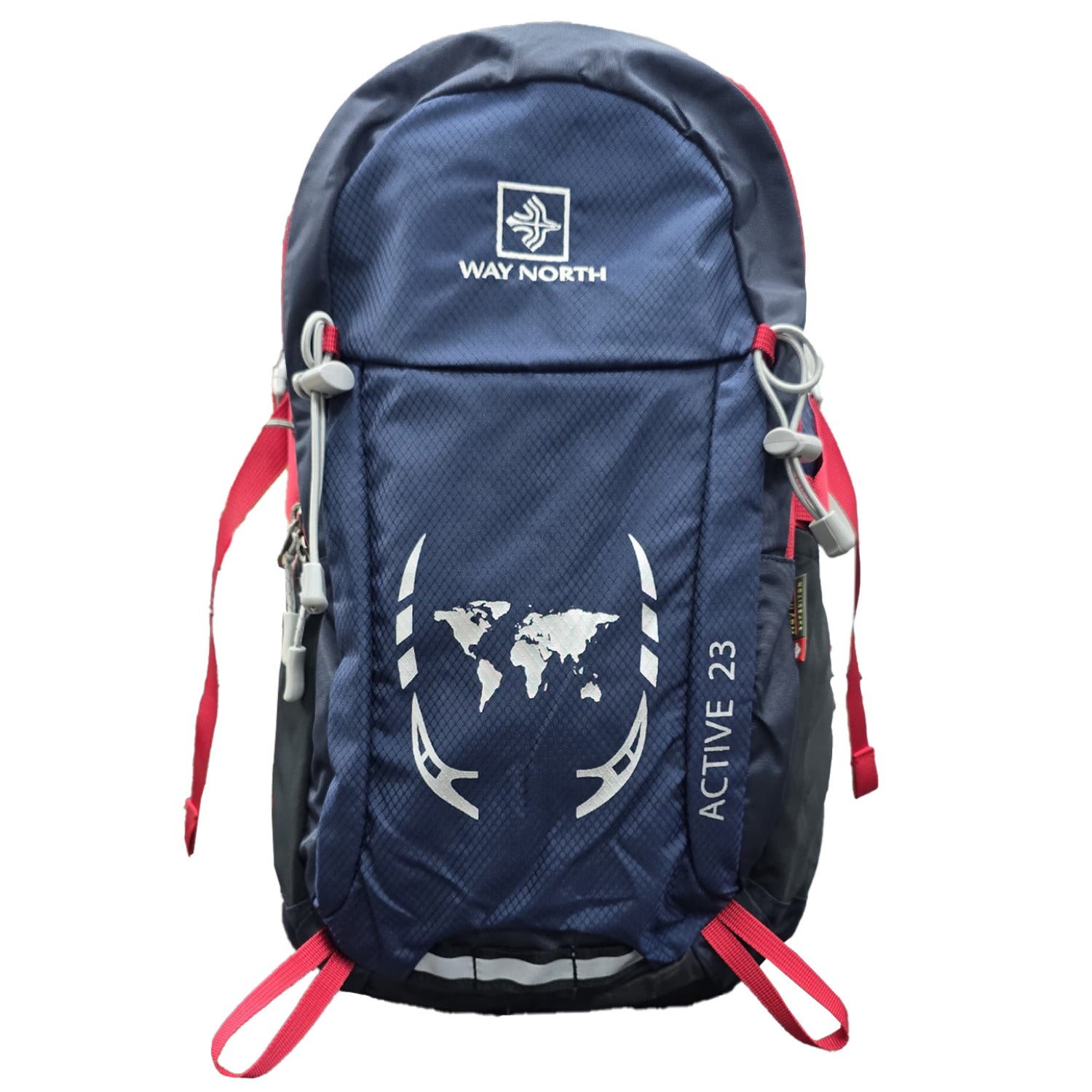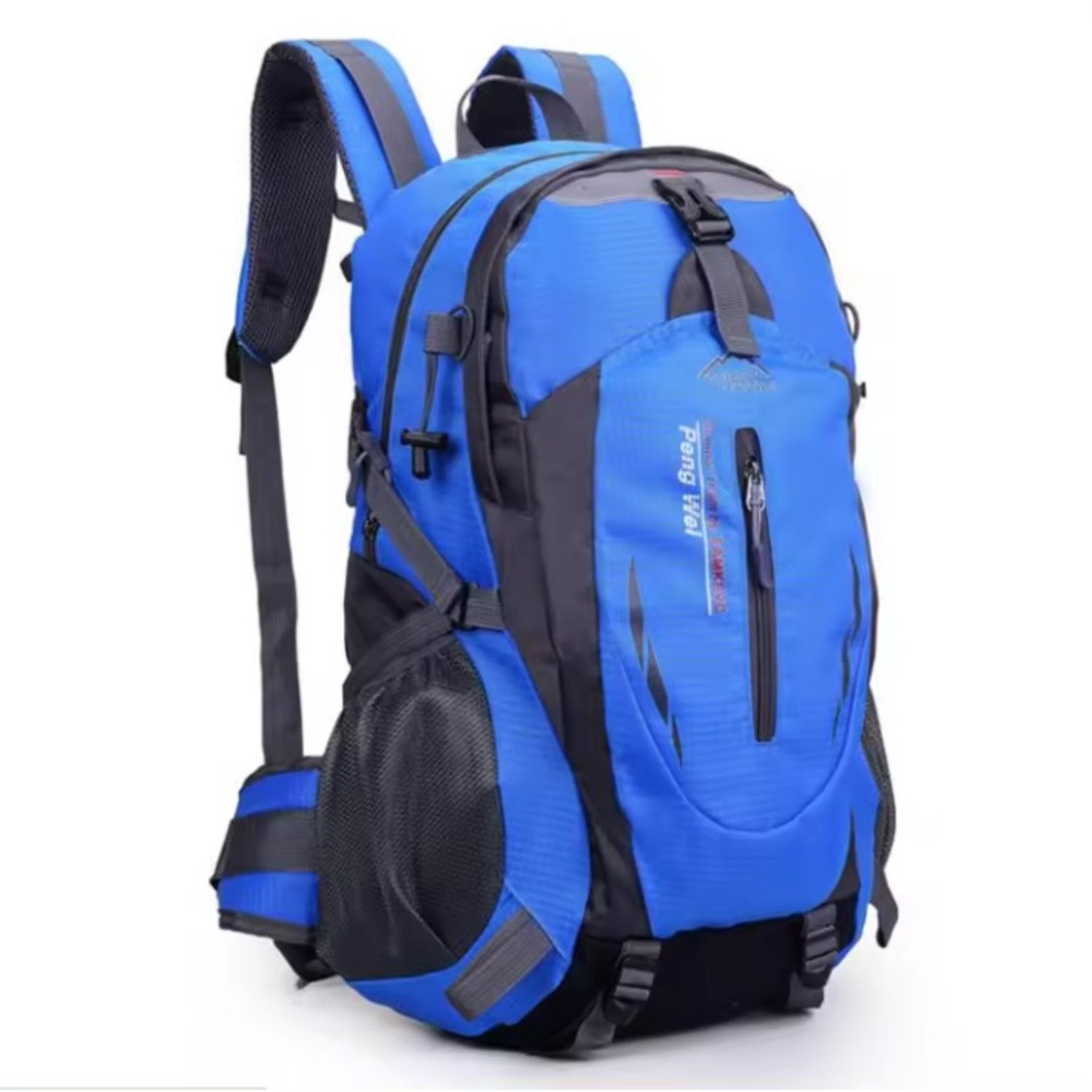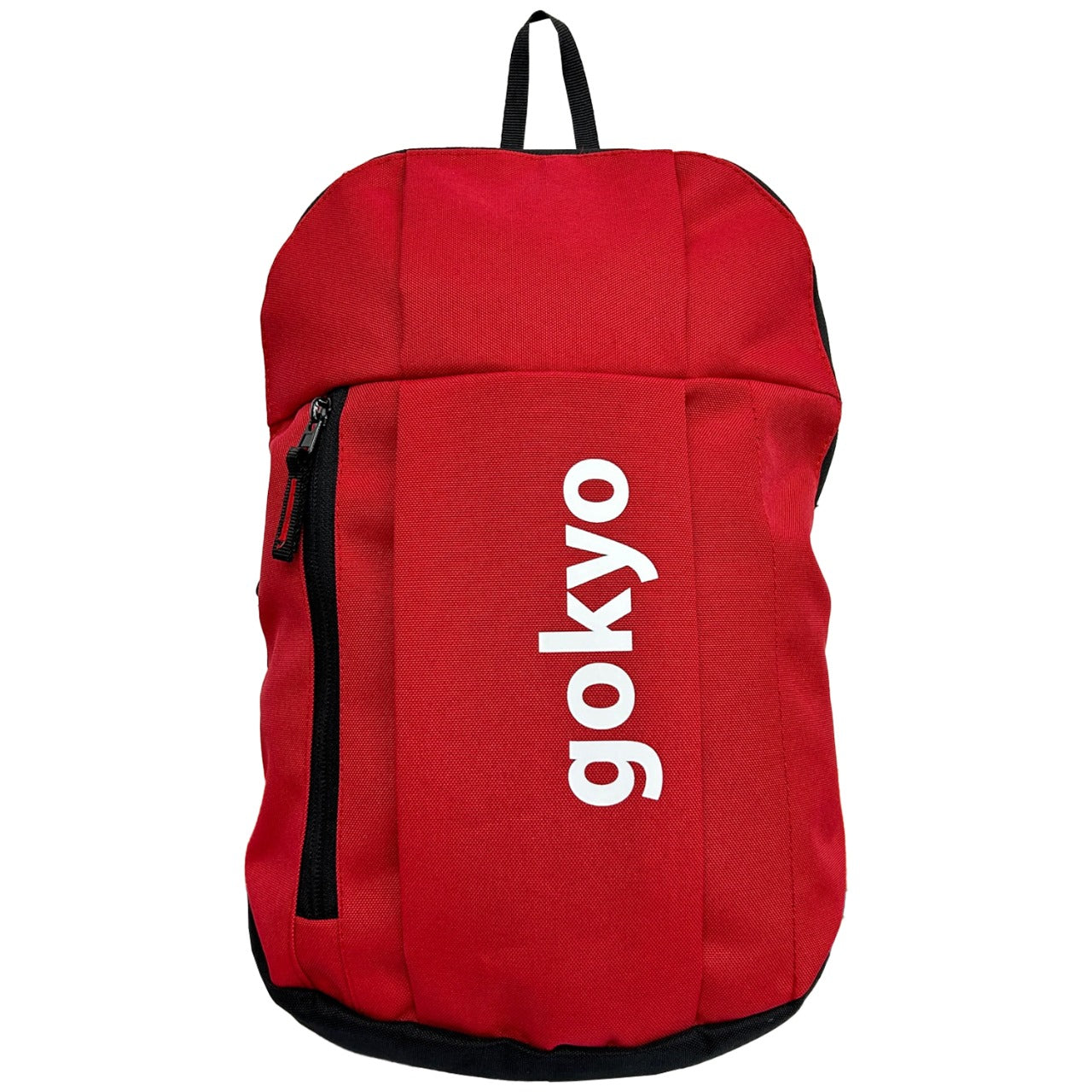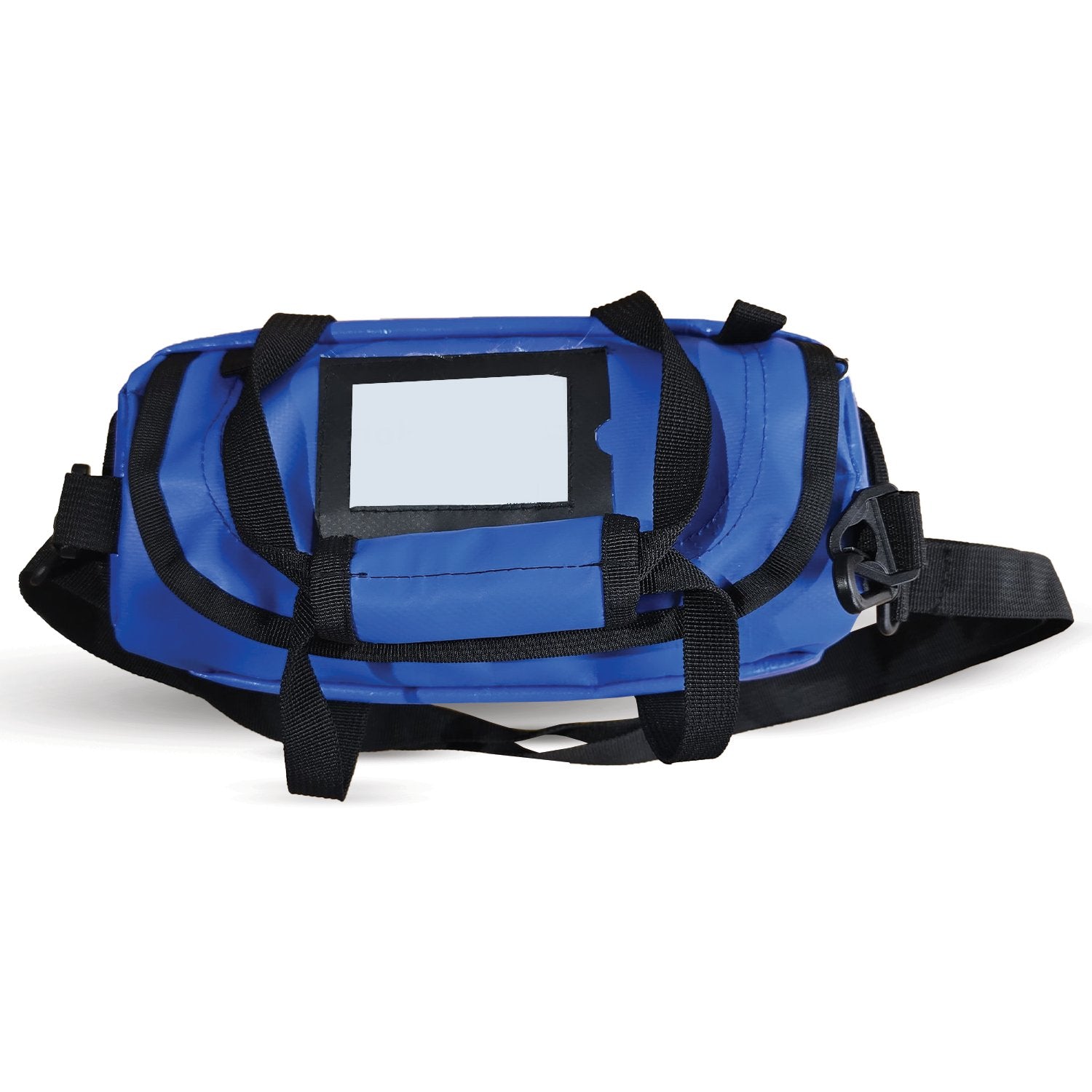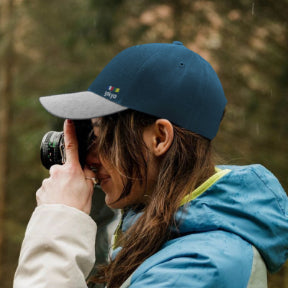The call of the wild beckons! Whether you're a seasoned trekker or embarking on your first adventure, proper gear is essential for a safe and enjoyable experience. But with countless options available, choosing the right equipment can feel overwhelming. Fear not, fellow outdoor enthusiasts! This guide will break down the essential gear you need for a successful trekking adventure, ensuring you hit the trails prepared and confident.
The Foundation: Core Gear for Every Trekker
- Trekking Backpack: Your backpack is your trusty companion, carrying all your essentials. Choose a trekking backpack with a comfortable fit, adjustable straps, and a capacity suitable for your trek's duration and needs. Consider factors like ventilation, hydration compatibility, and easy-access compartments.
- Trekking Shoes: Don't underestimate the importance of proper footwear! Invest in a good pair of trekking shoes that offer support, ankle protection, and good traction on various terrains. Consider the weather conditions and distance you'll be covering when choosing your shoes.
- Sleeping Bag: A comfortable night's sleep is crucial after a long day on the trail. Choose a sleeping bag with a temperature rating appropriate for the expected weather conditions. Consider factors like weight, size, and fill material (down or synthetic) when making your selection.
- Headlamp: Darkness can be a challenge on the trails. A reliable headlamp with adjustable brightness is essential for navigating after sunset, setting up camp, or dealing with unexpected situations. Consider features like battery life and a comfortable fit.
- Navigation: Safety comes first. While relying solely on technology isn't advisable, a GPS device or a good old-fashioned map and compass can be crucial for navigation. Knowing how to use them is equally important.
Bright, Durable & Rechargeable: Shop Headlamps Online
Beyond the Basics: Gearing Up for Success
Once you have the core gear covered, consider additional items to enhance your comfort and safety on the trail:
- Hiking Poles: These versatile tools provide stability, reduce impact on your knees, and help with balance on uneven terrain.
- Sun Protection: Pack a hat, sunglasses, and sunscreen with a high SPF to shield yourself from the sun's harmful rays.
- First-Aid Kit: Be prepared for minor injuries with a well-stocked first-aid kit.
- Hydration Pack: Staying hydrated is essential on the trail. Opt for a comfortable hydration pack that allows you to easily access water throughout your trek.
- Quick-dry Clothing: Choose breathable, moisture-wicking clothing that dries quickly to keep you comfortable on the move.
- Shelter: Depending on your trek's length and location, you might need a tent, bivy sack, or hammock for overnight stays.
Gokyo: Your Partner in Outdoor Exploration
At Gokyo, we understand the importance of having the right gear for your next adventure. We offer a wide selection of top-quality trekking backpacks, sleeping bags, headlamps, trekking shoes and more, all designed to meet the needs of trekkers of all levels. Explore our collection and find the gear that will help you conquer the trails in comfort and style!
Remember, this is just a general guide. The specific gear you need will depend on the length and difficulty of your trek, the climate, and your personal preferences. Do your research and consider your specific needs to ensure you're well-equipped for a successful and enjoyable adventure.
So, pack your bags, grab your Gokyo gear, and get ready to hit the trails!
Trail-Tested Trekking Shoes You Can Rely On
For more insights on trekking poles and hiking staff, check out this detailed guide from REI. So, pack your bags, grab your Gokyo gear, and get ready to hit the trails!
Frequently Asked Questions (FAQs) :
-
What factors should I consider when choosing trekking shoes?
Choosing the right trekking shoes depends on the type of terrain you'll be encountering. For day hikes on well-maintained trails, lightweight hiking shoes might suffice. However, for hilly or uneven terrain, mid-cut boots with ankle support are recommended. For backpacking or multi-day hikes, consider sturdy, high-cut boots with waterproof materials and good ankle support. Always prioritize comfort, fit, and traction when selecting your trekking shoes.
-
Are trekking poles essential for all hikes?
While trekking poles are not mandatory for every hike, they can significantly enhance your experience, especially on challenging terrains. They provide stability, reduce impact on your knees, and aid in balance. If you're carrying a heavy backpack or tackling steep slopes, trekking poles are highly recommended.
-
How do I choose the right size backpack for my trek?
The size of your trekking backpack depends on the duration of your trek and the amount of gear you need to carry. For day hikes, a 20-30 liter backpack is sufficient. For multi-day treks, you'll need a larger backpack, typically ranging from 40 to 70 liters. Consider the backpack's weight distribution, comfort, and accessibility when making your choice.
-
What should I look for in a good sleeping bag?
The key factor when choosing a sleeping bag is its temperature rating. Ensure the rating matches the expected conditions of your trek. Other considerations include the sleeping bag's weight, size, and fill material (down or synthetic). Down sleeping bags are generally warmer and lighter, while synthetic options are more affordable and suitable for damp conditions.
-
How important is a headlamp for trekking?
A headlamp is an essential piece of gear for any trek, especially if you plan on starting early or camping. It provides hands-free illumination, allowing you to navigate safely in low-light conditions. Consider features like brightness, battery life, and a red light mode for preserving night vision.
-
Can I use regular running shoes for hiking?
While running shoes might be comfortable for casual walks, they lack the necessary support, ankle protection, and traction for hiking. Investing in a good pair of trekking boots is essential for safety and comfort on the trail.












